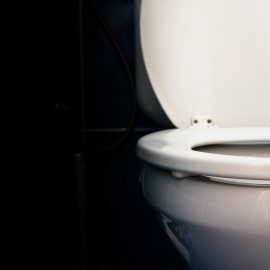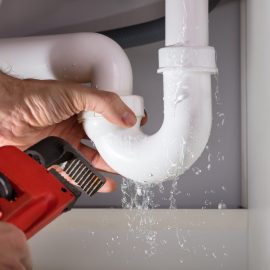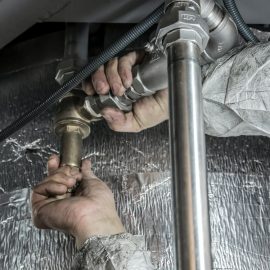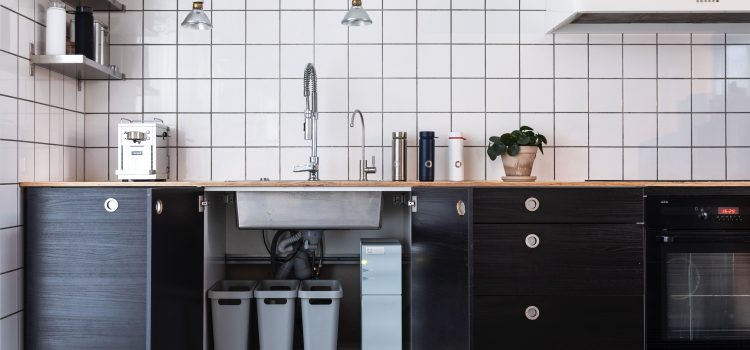
6 Steps to Install a Water Purifier
Contents
– Focus on the water purifier
– Step 1: Assemble the station components
– Step 2: Purge the system
– Step 3: Cut the pipe
– Step 4: Mount the water purifier bypass
– Step 5: Attach the purifier
– Step 6: Turn on the water purifier
Installing a water purification plant is an economical and environmentally friendly way to improve the quality of drinking or non-potable water. The installation is then done on your pipes in a relatively simple way, thanks to mechanical connections provided by the station. No welding is required. Depending on the situation, you need to choose the right purification system.
Here is a step-by-step guide on how to install a water purifier with a bypass on your pipes.
Focus on the water purifier
The purifier can be installed on the city water network or at another source.
Drinking water network
The drinking water supply network is subject to controls that guarantee health safety. However, installing a domestic sewage treatment plant on the water system of the house allows for the following:
– better maintenance of the domestic hot water system;
– improved water quality. The water is softer, with a better taste, and without odor.
To find out which water treatments are used, ask your local council, contact your supplier (indicated on the bill), or consult the Ministry of Health website.
Rainwater, spring water, and well water
– Recovered rainwater cannot be used for sanitary purposes. It can be used for washing, washing, toilet, etc. Comply with regulated uses.
– For other water sources, have the water analyzed by an approved laboratory to determine the necessary filters. Check with your local city hall to find out which laboratories are accredited.
Different purification systems
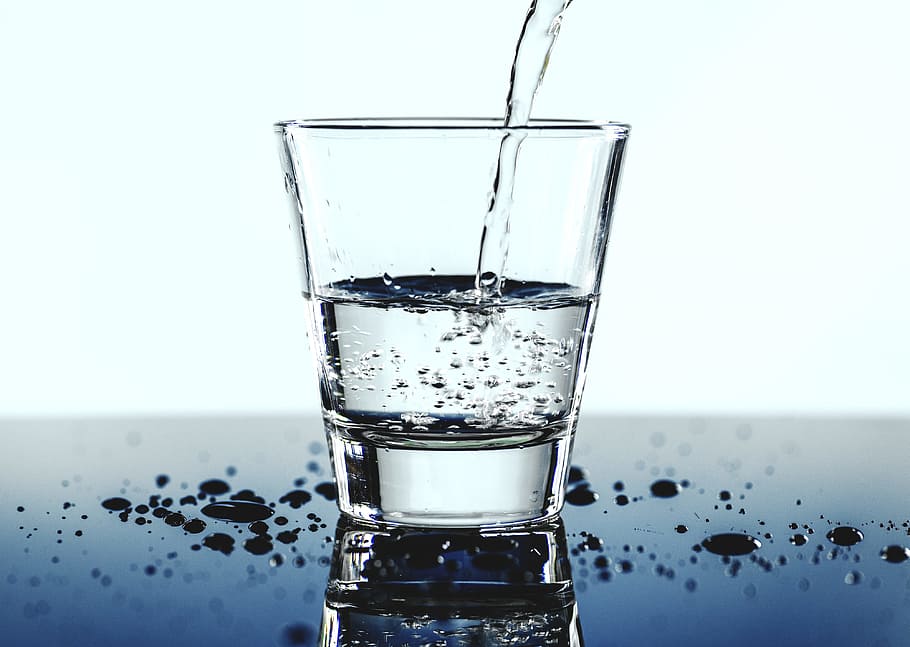
– Different anti-scale filters can be used to reduce scale build-up in the pipes.
– The activated carbon filter is often used in conjunction with another system. It purifies the water by absorption, thus eliminating organic compounds (from dead leaves), bad smells (from chlorine, for example), etc. But it does not modify the mineral composition of the water.
– Sediment filtration (with cartridge) allows the removal of fine particles suspended in the water. The system is installed at the city water inlet or the pump outlet for rainwater or well water. The filtration can be more or less fine (up to 1 µm).
– The osmosis system purifies the water through a very fine membrane. This system offers healthy, highly purified water but low flow rates. It is installed near the sink.
– The ultraviolet sterilizer eliminates germs and bacteria in the water by using ultraviolet rays in a sealed enclosure.
Attention: whatever the purification system, it is necessary to ensure regular maintenance (change of filters, lamp, etc.) following the manufacturer’s recommendations. Otherwise, you risk polluting the water!
1. Assemble the components of the station
– Assemble the individual components according to the manufacturer’s instructions.
– Assemble the fittings, inserting gaskets in each case.
Good to know: tighten each fitting without forcing it. Otherwise, the seals may be damaged.
2. Vent the system
Before starting the plumbing work, prepare the system:
– Turn off the water at the master meter.
– Flush the pipes by opening the taps.
3. Cut the pipe
Measure the length of the bypass
– Measure the bypass, which is the pipe between the two shut-off valves.
– Subtract one centimeter from this measurement.
– Transfer this length to the water supply pipe.
Make the cut
Cut the pipe according to your marks.
– Use a pipe cutter if you have room to handle it.
– If there is no room, wrap masking tape flush with the mark on the outside of the cut. Then cut the pipe with a hacksaw using the tape as a guide.
4. Install the water purifier bypass
– Place the bypass between the two pieces of pipe by inserting both ends of the pipe about 5 mm into the bypass tees.
– Screw the quick connectors onto the pipe with a wrench or wrench.
5. Attach the purifier
Mark the location of the plate
– Place the plate between the bypass elbows.
– Check that the plate is level with a spirit level.
– Mark the holes on the wall with a felt pen.
– Remove the plate.
Attach the plate and place the purifier
– Drill the holes in the marked locations.
– Dust off and insert wall plugs suitable for the type of wall.
– Replace the plate and screw it in place.
– Place your purification system on the plate.
– For systems with filters, place the filters in their cases and screw them down with a plastic wrench (supplied with the system). Tighten the nuts with the wrench, but do not over-tighten.
Caution: If your water pressure exceeds 4 bars, a pressure reducer must be installed upstream.
6. Turn on the water purifier
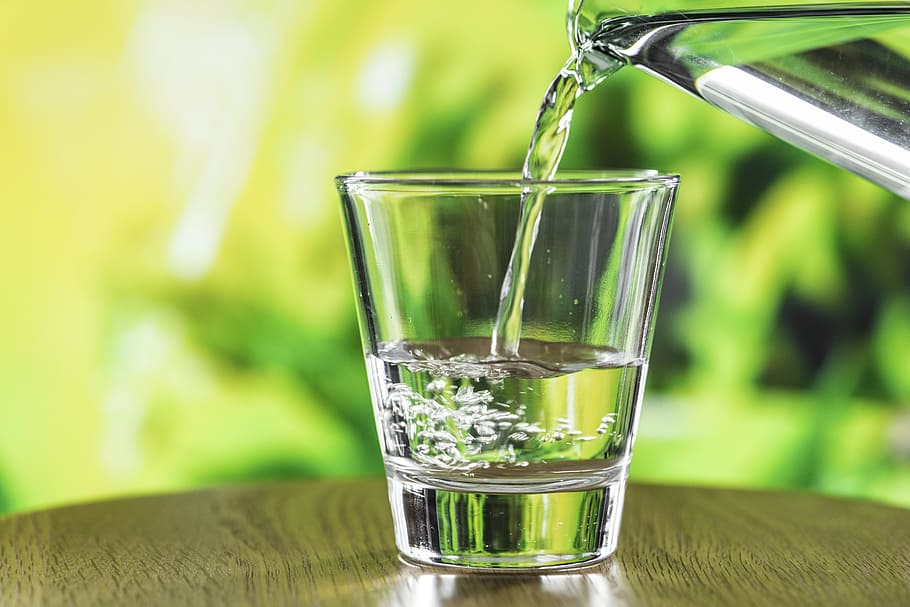
To start up, follow the manufacturer’s instructions. In general :
– open the valve at the outlet of the station and then the valve at the inlet;
– Close the taps in the house;
– Open the general supply;
– carefully check the tightness of the connections.
The bypass installation allows the station to be used or not:
– to use the station, the 2 valves of the station are open, and the valve used for the water supply of the house remains closed;
– conversely, the 2 valves of the station are closed, and the supply is open if you do not wish to use the station.
Attention: maintain your purifier regularly, according to the manufacturer’s instructions, to ensure its proper functioning.
Materials needed to install a water purifier
Adjustable wrench
Copper pipe cutter
Pencil
Tape measure
Spirit level
Drill
Masking tape
Hacksaw
Screws and dowels
Read more: Do we need a water filter in the USA?

